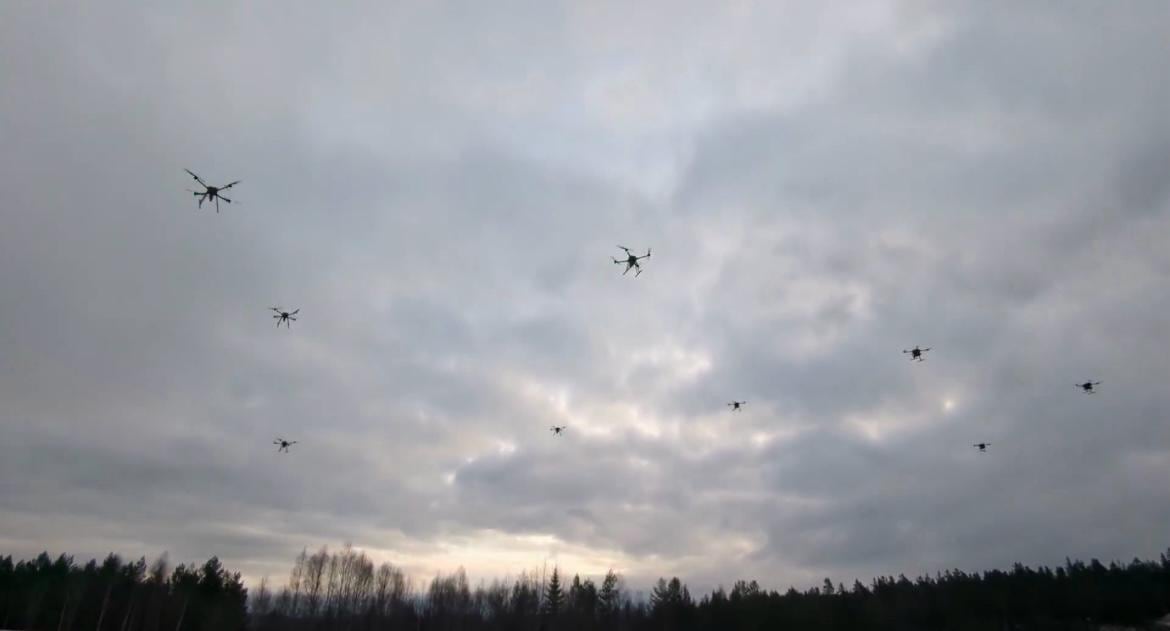BALTIMORE, Md. — The Defense Information Systems Agency earlier this month underwent a major reorganization, according to its director.
“The reason that we did the reorganization on 1 October, the reason we did the strategy on 1 October was to align the strategy, the resources and the organizational structure and design all around the same priorities,” Lt. Gen. Robert Skinner, director of DISA, said during a keynote presentation as part of TechNet Cyber in Baltimore Oct. 27, also referring to the organization’s new strategic plan. “Is it 100 percent? No. But where it’s not, we’re continuing to move forward.”
DISA’s organizational design was previously too complicated, Skinner said.
Over the last year, he said, DISA’s deputy director led a mission analysis team to focus on what the organization needed to change, devising an organizational structure to reduce complexity and enable greater interaction and collaboration with industry.
Over the last four or five months, DISA made the changes and moved from two main centers to four.
The first center is focused on enterprise capabilities and security, including efforts like the Defense Enterprise Office Solution and spectrum operations.
The second is aimed at hosting and computing and houses DISA’s cloud computing office. The third is focused on operations and infrastructure, including transport, field commands and field offices.
The fourth center is focused on innovation. Skinner said his organization realized it wasn’t paying attention to this area before, noting it didn’t have a chief data officer. This center is called enterprise integration and innovation.
Skinner also noted that as part of aligning DISA’s efforts with the strategy and reorganization, the organization will also be conducting a zero-based review of every program over the next year.
“Every single resource, to include dollars and positions, to make sure that we are aligned with the priorities,” he said. “More importantly, that we understand where the requirement came from, how that requirement has changed over the years depending on how many years it is and where the gaps and the shortfalls are. That’s what we’re doing over the next year to make sure we are really focused on those priorities, but also setting us up for Fiscal Year [20]24 and the [Program Objective Memorandum] process.”
Mark Pomerleau is a reporter for C4ISRNET, covering information warfare and cyberspace.








